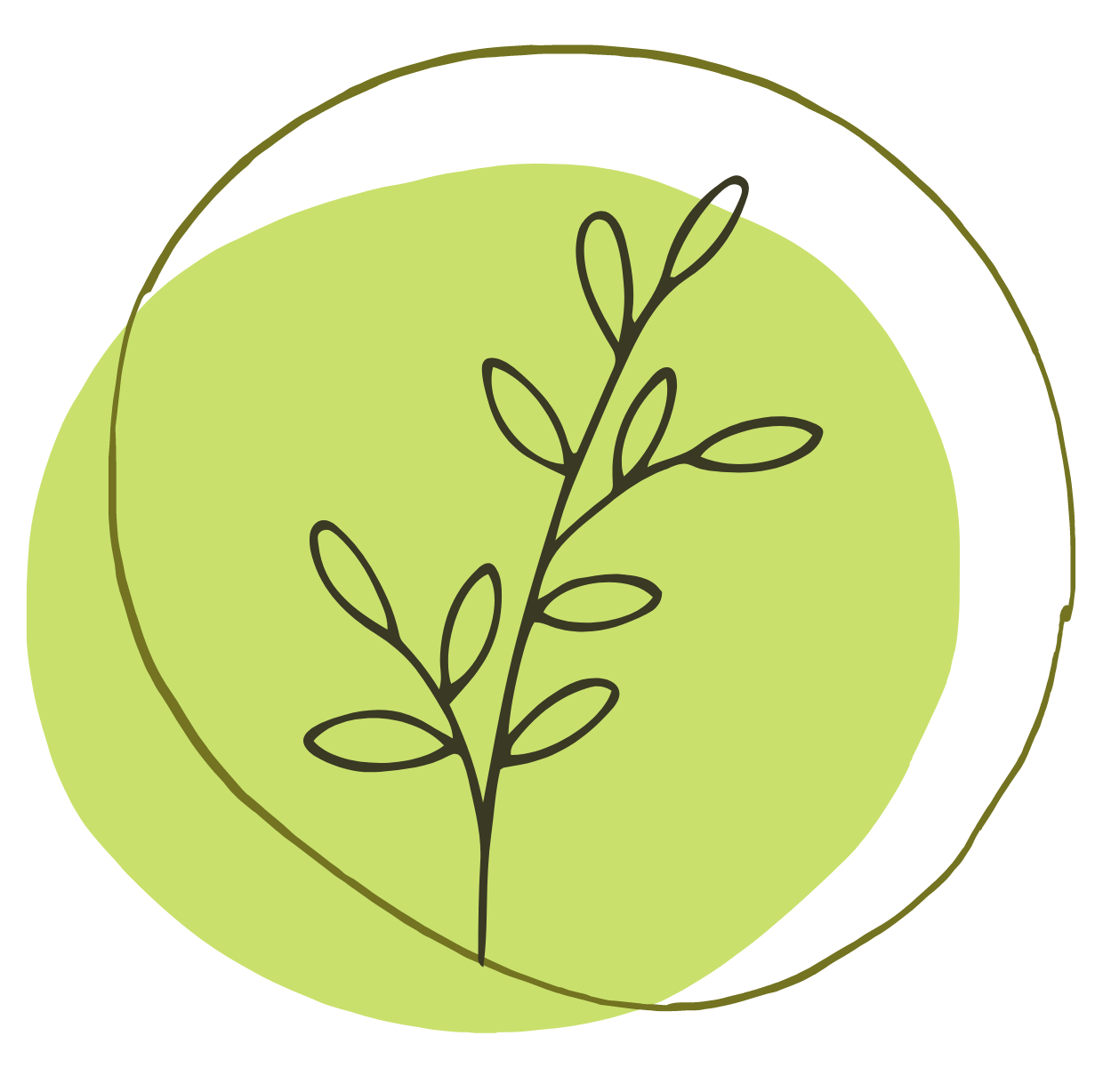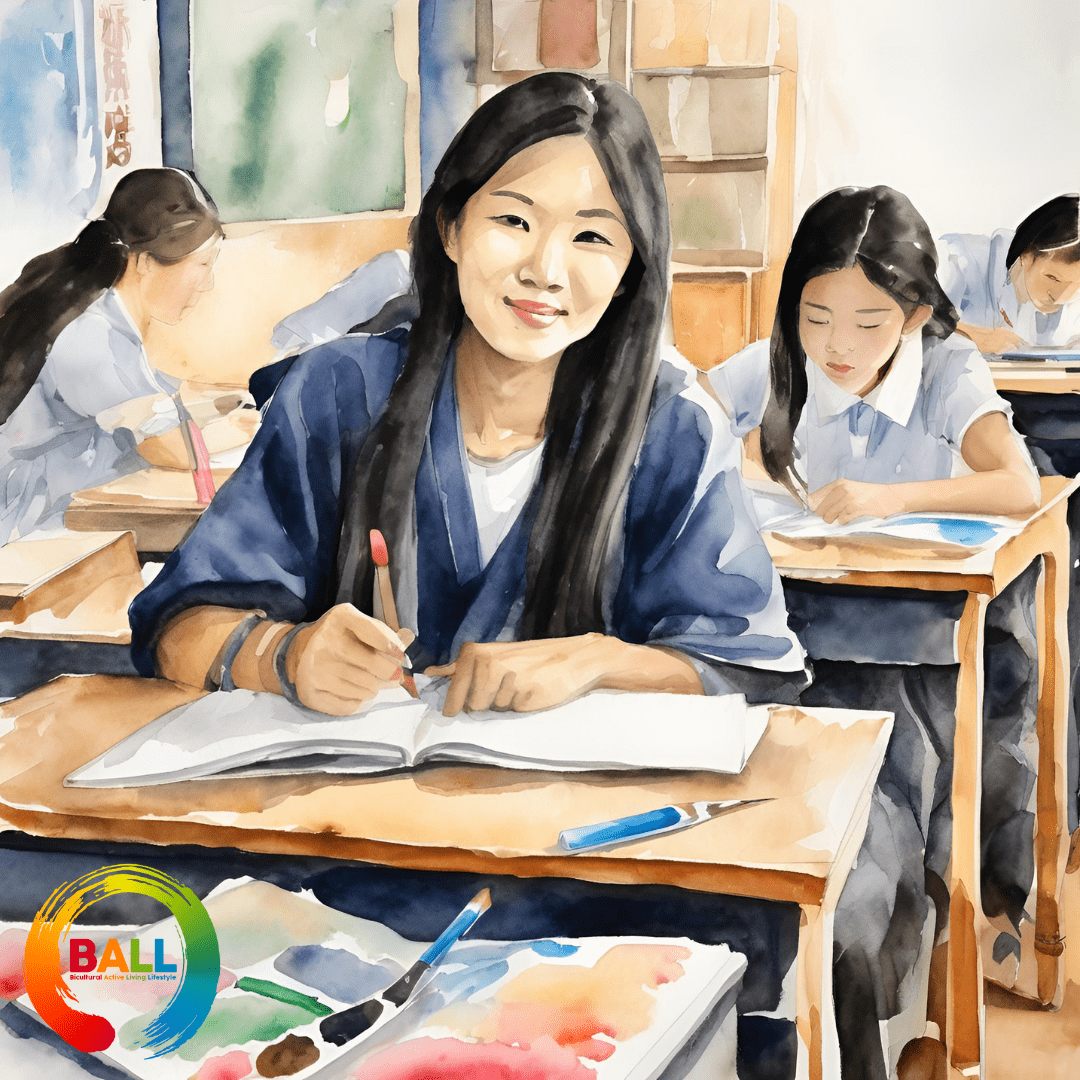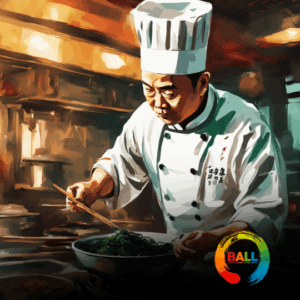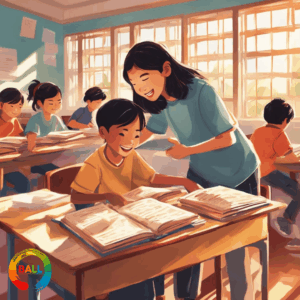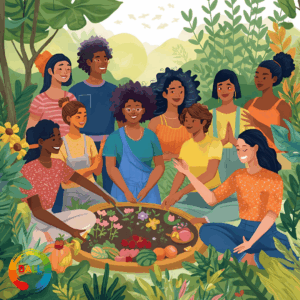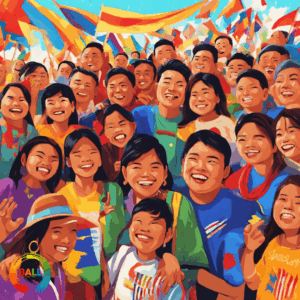Mental health challenges among AANHPI (Asian American, Native Hawaiian, and Pacific Islander) youth have often been overlooked due to a lack of research and attention to their unique struggles. A recent study by The Asian American Foundation (TAAF), titled “Beyond the Surface: Understanding Mental Health Among Asian American, Native Hawaiian, and Pacific Islander Youth,” sheds light on this critical issue. The study reveals that academic pressure is one of the most significant stressors for AANHPI youth, driven by cultural expectations linking success in school to upward mobility and respect. This stress is further amplified by the “model minority” stereotype, which imposes unrealistic standards of excellence while dismissing emotional vulnerability. By addressing these unique challenges, the study offers insights into solutions for a group often misunderstood and underserved in mental health discussions.
“The biggest stressor on mental health that youth reported was actually pressure to succeed, both self-imposed and from families,” Dr. Charissa Cheah, lead researcher
Key Facts
Exacerbation by the COVID-19 Pandemic:
- Heightened mental health struggles during the pandemic.
- Complicated identity development due to the rise in anti-Asian hate.
Cultural Challenges:
- Difficulty navigating cultural heritage in a climate of racism.
Stressors:
- Discrimination and its impact on mental health.
- Academic pressures contributing to a “perfect storm” of stress.
Isolation and Anxiety:
- Increased feelings of loneliness and worry among AANHPI youth.
Alarming Statistics:
- Suicide is the leading cause of death for young AANHPI individuals, per CDC data.
- One in three AANHPI youth has considered or attempted suicide.
Addressing the mental health challenges faced by AANHPI youth requires urgent attention and action. The compounded pressures of academic expectations, cultural identity struggles, and discrimination, particularly during the COVID-19 pandemic, have created a crisis that cannot be ignored. With one in three AANHPI youth considering or attempting suicide, these alarming statistics serve as a stark reminder of the need for culturally responsive mental health resources and support systems. By acknowledging and addressing these unique challenges, we can work towards creating a more inclusive and understanding environment where AANHPI youth feel seen, supported, and empowered to thrive.
面对压力时,要学会呼吸放松。
Learn to breathe and relax when facing stress.
